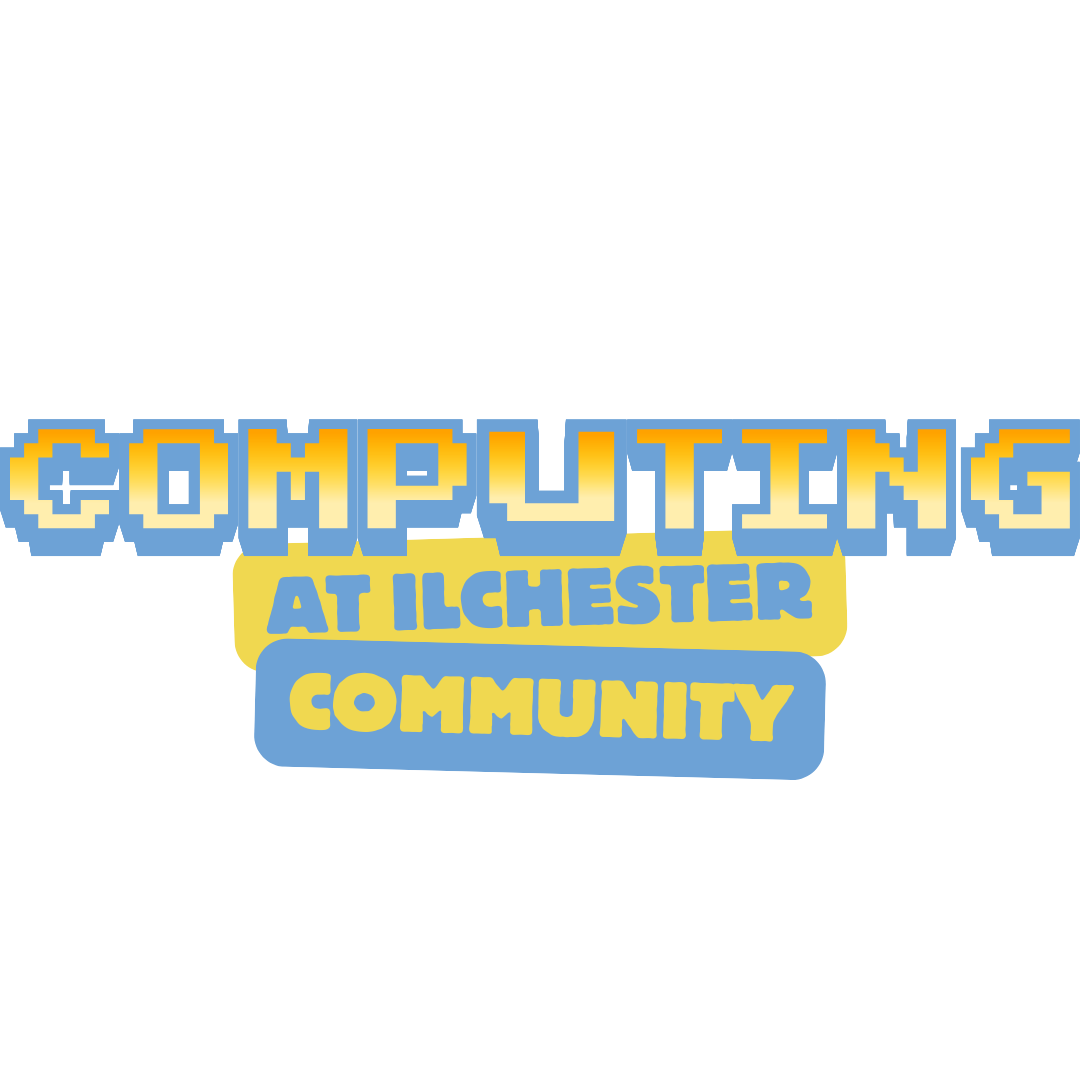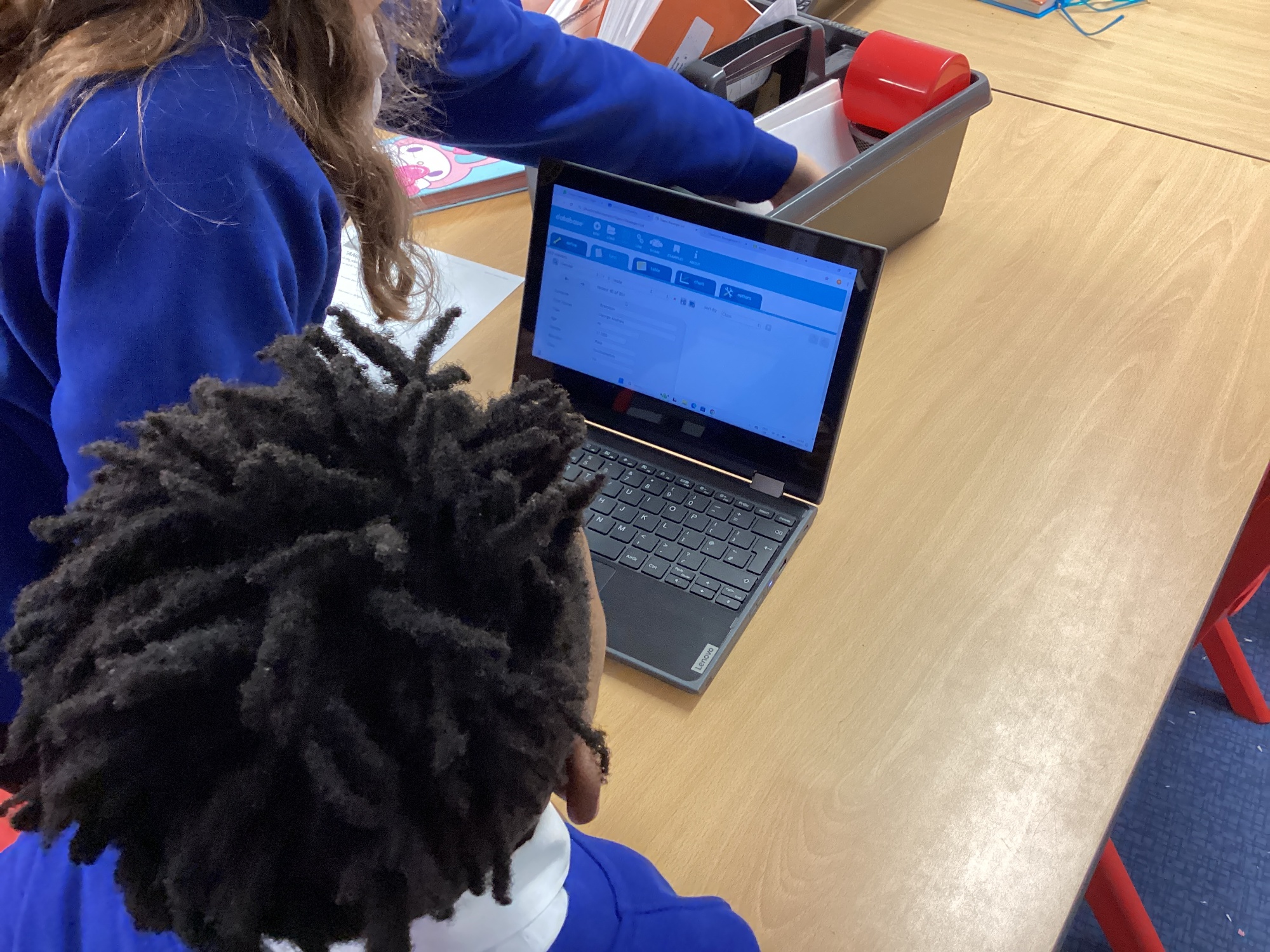Computing
Purpose of study
A high-quality computing education equips pupils to use computational thinking and creativity to understand and change the world. Computing has deep links with mathematics, science and design and technology, and provides insights into both natural and artificial systems. The core of computing is computer science, in which pupils are taught the principles of information and computation, how digital systems work and how to put this knowledge to use through programming. Building on this knowledge and understanding, pupils are equipped to use information technology to create programs, systems and a range of content. Computing also ensures that pupils become digitally literate – able to use, and express themselves and develop their ideas through, information and communication technology – at a level suitable for the future workplace and as active participants in a digital world.
Intent
It is our intention to enable children to find, explore, analyse, exchange, and present information. We also focus on developing the skills necessary for children to be able to use information in an effective way. We want children to know more, remember more and understand more in computing, so that they leave primary school computer literate. Computing skills are a major factor in enabling children to be confident, creative and independent learners and it is our intention that children have every opportunity available to allow them to achieve this.
Computing, as a stand-alone subject, has several key components, each of which we aim to teach and fully instil the value of among our pupils.
These are:
- Computer Science – Pupils are taught the principles of information and computation, how digital systems work, and how to put this knowledge to use through programming.
- Information Technology – Pupils are equipped to purposefully create programs, systems, and a range of content to develop products and solutions. They will be able to collect, analyse, evaluate, and present data and information.
- Digital Literacy – Pupils are taught to use, access, and express themselves through digital technology, including a critical understanding of technology’s impact on the individual and society, at a level suitable for the future and as active participants in a digital world.
We also firmly believe in the importance of delivering a high-quality e-safety curriculum, alongside the core values of these three strands. E-safety is embedded throughout the computing curriculum and supports and consolidates the strong presence of e-safety within our PSHE curriculum. As technology develops, so does the need for a better understanding of how to use it in a responsible manner. The education of e-safety is therefore essential to ensure children are equipped with the skills to recognise risks online, to be critically aware of the materials and content they access online, and to receive guidance on how to accurately validate information accessed via the internet.
We intend to build a computing curriculum that prepares pupils to live safely in an increasingly digital British society, where pupils can evaluate and apply information technology — including new or unfamiliar technologies — analytically to solve problems.
Examples of Work


